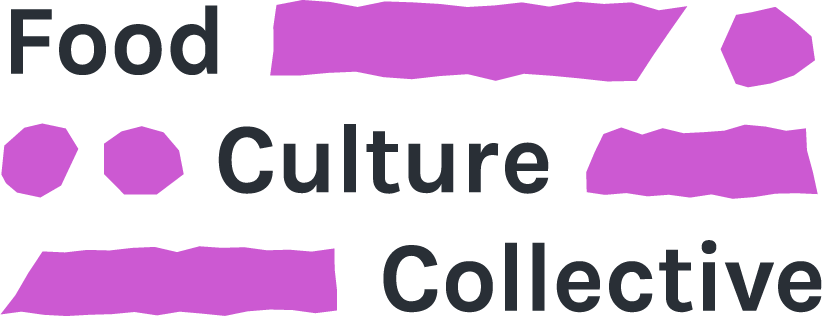How Frances Albrier watered seeds of Black liberation from Tuskegee to Berkeley
Celebrating her beautiful legacy of community power rooted in ancestral wisdom
BY UGO IKORO
Black Food, Love & Liberation is an ongoing series curated by our Digital Culture Fellow, Ugoada Ikoro. Each week, Ugo captures stories of joy, beauty, community care, and thriving (beyond surviving) hidden beneath mainstream narratives shaping Black foodways and our relationships to the land. This month’s theme? How Black women sowed nourishment, mutuality, and belonging into the East Bay’s community foodways.
Archival photo of baby portrait of Frances Albrier, age 5 months, Courtesy African American Museum & Library at Oakland Photograph Collection,1899
Archival photo of a portrait of Frances Pittman Albrier, age 30, Courtesy African American Museum & Library at Oakland Photograph Collection, 1929
Archival photo of a portrait of Frances Albrier, Courtesy African American Museum & Library at Oakland Photograph Collection, 1960s
“One thing about my grandmother and her garden I always remembered. She would plant two rows. She said one row was for me, and a half row is for friends, and the other half is for anybody[…] she provided for them.”
—Frances Albrier
Our ancestors are portals that invite us to know Earth’s deep wisdom.
Not long after Emancipation, Frances Mary Albrier’s grandmother, Johanna Bowen Redgrey—an herbalist, farmer, and midwife—found herself stewarding land and raising the next generation of visionary leaders in Tuskegee, Alabama alongside her Blackfoot husband, Lewis L. Redgrey. On hot waning summer days, young Frances would procure fresh chicken eggs, strawberries, and veggies from her nana’s large garden to share with the neighborhood.
Archival photo of Red Cross nurses Frances Albrier and unidentified woman pointing to U.S. flag, Courtesy African American Museum & Library at Oakland Photograph Collection, 1940s
Following the passing of her grandmother in 1924, Frances would go on to make her way to Berkeley, CA, where she’d grow into a pioneer and transformative leader in the Bay Area and beyond. She became a talented nurse practitioner, a Pullman maid, the first Black woman welder hired at Kaiser Shipyards*, and an enduring community activist in East Bay’s Black Women’s Club League and the fight for Black liberation.
*Her fearless legal battle with with Kaiser management to be accepted into their union led to more than 10,000 Black workers being hired at the Kaiser Richmond shipyard over the next two years.
Frances quickly became an influential leader through her gifts of fellowship, gardening, and tending to her neighbors. Her fearless rise in the Women and Art’s Industrial Club, the East Bay Women's Welfare Club, the East Bay Negro Historical Society, and the Berkeley NAACP engendered hope and a deep sense of social commitment to Black residents.
Following in the footsteps of her grandmother, who’d instituted the Mother’s Club of Tuskegee—along with Mrs. George Washington Carver and Harriet Tubman—Frances carried seeds saved from her predecessors to plant a flourishing garden of her own. She propagated Black communities nourished by intentional love, care, and cooperative models of collective agency—where everyone got an opportunity to eat.
If she wasn’t slinging plates for charitable fundraisers, she was hosting meetings in her garden space for women's clubs—all while mobilizing for the rights of Black people to participate in civic and legislative positions barred by racism.
Archival photo of the Women's Art and Industrial Club (Oakland, Calif.) in the garden of Frances Albrier, Courtesy African American Museum & Library at Oakland Photograph Collection,1940s
Like the prospective students of Tuskegee, who hailed from far and wide chasing freedom and the potential to at last make their dreams a reality, Frances organized folx from all over California and beyond. From pushing to unionize Black Pullman maids statewide, to successfully organizing the induction of Berkeley’s first Black school teacher, her loving kindness inspired many in her community to commit to a life of service in the name of mutual belonging.
I’m celebrating Frances Albrier’s ancestral embodiment of abundance, kindness, and unconditional love, her gift for enrapturing folx together—like purple passionflower to the fence—and her beautiful legacy in championing community empowerment.
Photo of Ugo Ikoro with text that reads, “Ugo Ikoro, Digital Culture Fellow”
About the author
Ugo is a storyteller, food & public health justice advocate, and land steward. During the 6-month Digital Culture Fellowship, she'll be exploring her foodways and how systems of oppression have shaped the ways Black people engage with food culture in the US and across the Diaspora.
Through tending to the land, discovering the practices of her ancestral lineage, and finding inspiration in the stories and legacies of Black land predecessors and successors, Ugo is bridging gaps in how we tell stories about our connections to the Earth and each other.






